When researching a civilization as powerful as ancient Egypt, it’s often not enough to look at the impact they had on modern culture and how they grew into an old world superpower. There are so many notable individuals surrounding ancient Egypt that it acts as a rabbit hole for even the most passionate history buffs.
If you’re looking for an easy-to-understand guide concerning famous ancient Egyptian leaders, you’ve come to the right place. The information below lists not only the leader, but their contribution to their society. They say history is boring, but how can it be boring when it’s filled with so many epic tales? In this case we’re going to go from the most recent ancient Egyptian leader, pushing further into history as we go.
Cleopatra VII (51-30 BC)
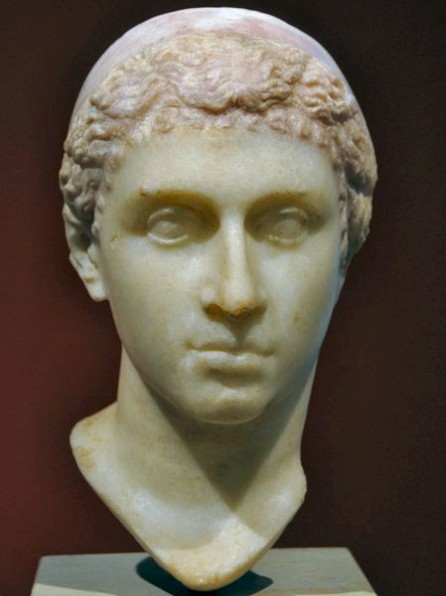
Arguably one of the most popular of the ancient Egyptian pharaohs, Cleopatra VII was also the very last pharaoh before Egypt was merged with the Roman empire. The tragic thing about Cleopatra VII was that she was an exceptional leader for her time. The only issue was that she chose the wrong side in the middle of a clash between Roman leaders. Her choice of Mark Anthony over his rival Octavian seemed like a good idea on paper, but they underestimated the guile and battle prowess of the younger leader.
With the death of Cleopatra, the reign of Egyptian pharaohs ended. Cleopatra was quite skilled in the art of politics, and knew how to get her way. She was intelligent and ambitious. While it seems like such a sobering moment to use at the beginning of the list, there are many more ancient Egyptian leaders to go.
Xerxes I
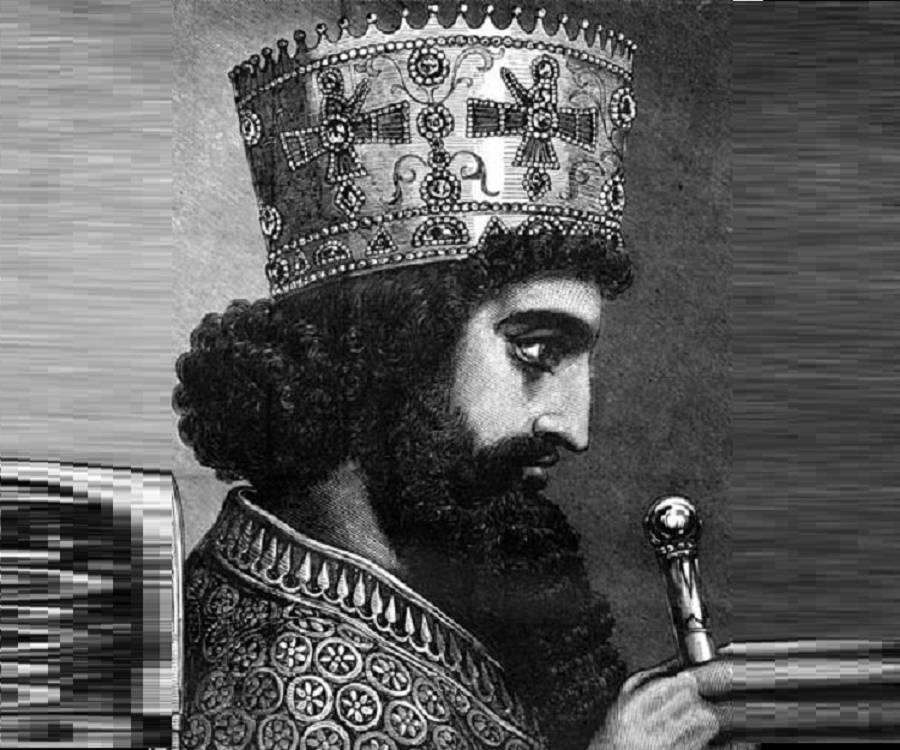
Xerxes I was a king of Persia, and he ruled Egypt as a pharaoh in absentia when the Persians managed to conquer Egypt around 525 BC. You’ve probably already seen some iterations of Xerxes I in popular media, namely his character in the film ‘The 300.’ The reason why modern iterations don’t look too kindly on Xerxes was because of his disregard for Egyptian traditions. In terms of ancient Egyptian dynasties, the reign of Xerxes I would have been around the 27th Dynasty of Egyptian rulers.
Eventually, the Persians would be defeated by the Greeks through Alexander the Great, who the ancient Egyptians welcomed with open arms. Unlike the Persian king, Alexander was much more respectful of local traditions, though it would be his death that started the downfall of ancient Egypt.
Ramses II

Ramses II, to put things into perspective, fathered 96 children, and had a long and prosperous rule, lasting 67 years. When you compare that to the previous two on the list, it showcases just how much of an important figure Ramses II was. Of the rulers of the 19th Dynasty, Ramses II was known as the greatest, and was also known to be the last great ruler of ancient Egypt.
However, if there was one thing that acted as something of a dark spot in the rule of Ramses II, it would be his ego and ostentatiousness. Like most pharaoh, Ramses II was seen as a god, and that’s precisely how he saw himself. At the time of his death, it was said that the treasury of ancient Egyptian royalty was almost cleaned out.
Tutankhamun
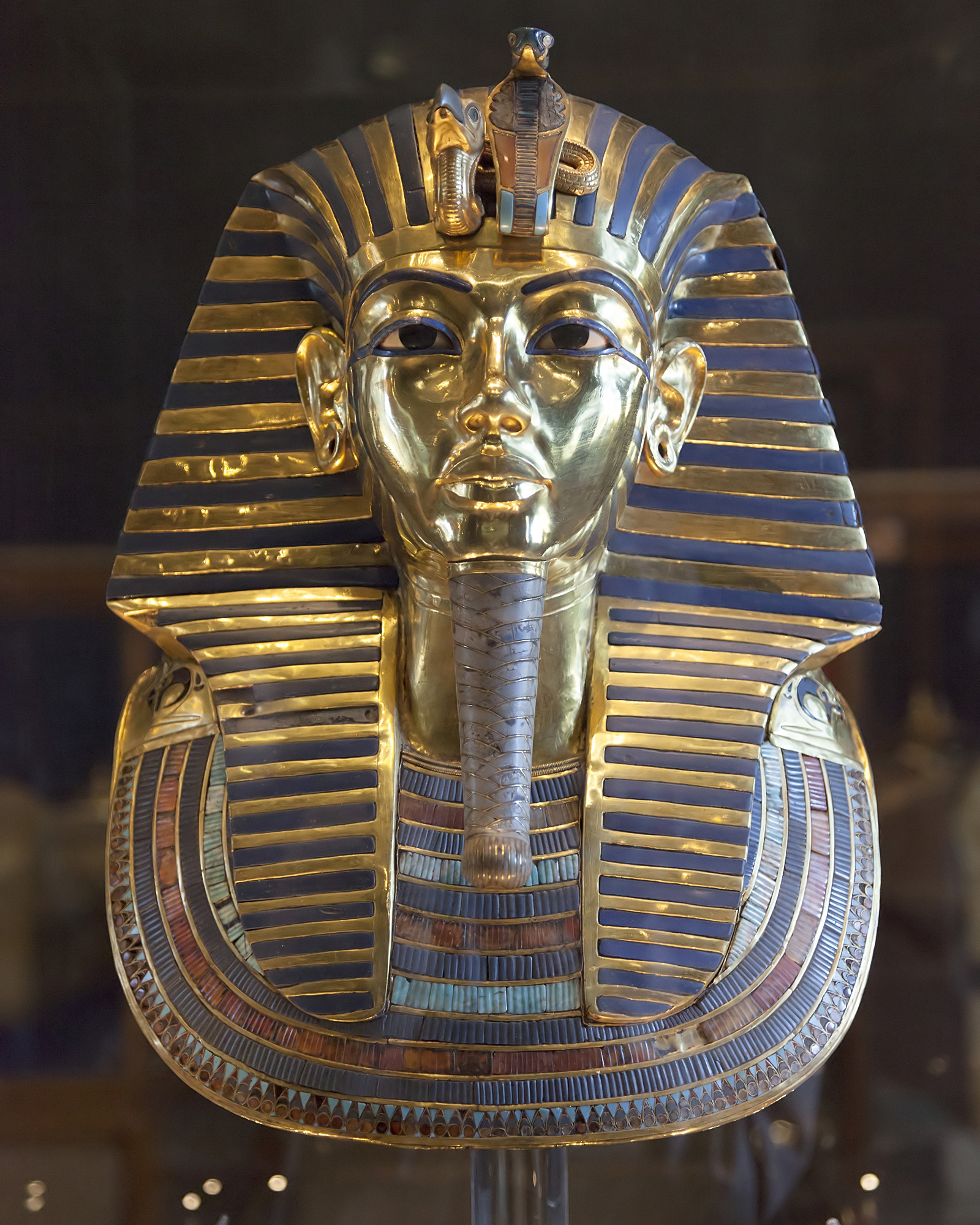
Tutankhamun—the boy king—is next on the list of famous ancient Egyptian leaders. He ascended to the throne when he was only 9 or 10 years old. King Tut, as he’s known in popular media, is undoubtedly the most famous of ancient Egyptian rulers. However, the reason for that wasn’t necessarily due to his accomplishments.
In fact, the boy king didn’t last very long in the throne. King Tut lost his life when he was 20, a relatively short reign that saw him turn the turbulent monotheistic religion back to the polytheistic pantheon the ancient Egyptians were known for. The reason for his popularity comes from the fact that the discovery of his tomb was considered one of the most important archaeological discoveries in history. The boy king might not have had a very long reign, but he still enjoys plenty of popularity today.
Akhenaten
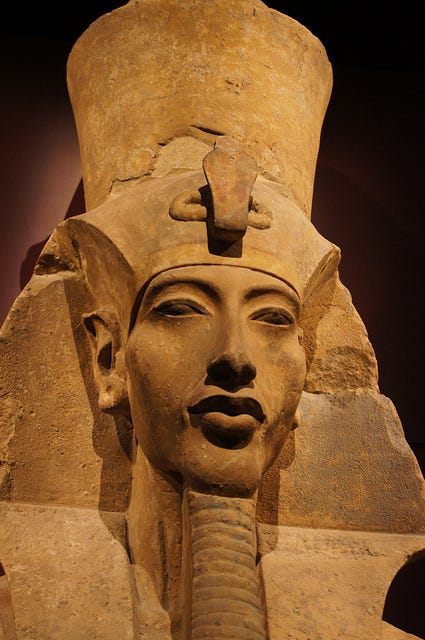
As stated above, the rule of Tutankhamen brought back the polytheistic religion of ancient Egypt. However, before king Tut came the person responsible for the change—Akhenaten. Akhenaten was named Amenhotep IV, but switched based on his radical monotheistic beliefs. Being the pharaoh at the time, his rule was absolute, and Akhenaten devoted himself to Aten, the Sun God. Akhenaten’s name is translated to ‘he who serves Aten.’
At the time, the capital of Egypt was Thebes, and it was the center of culture and trade. However, so strong was the faith of Akhenaten that he switched the capital from Thebes to Amarna and named it Akhetaten. Akhenaten’s wife Nefertiti was also an influential figure during the time.
Amenhotep III
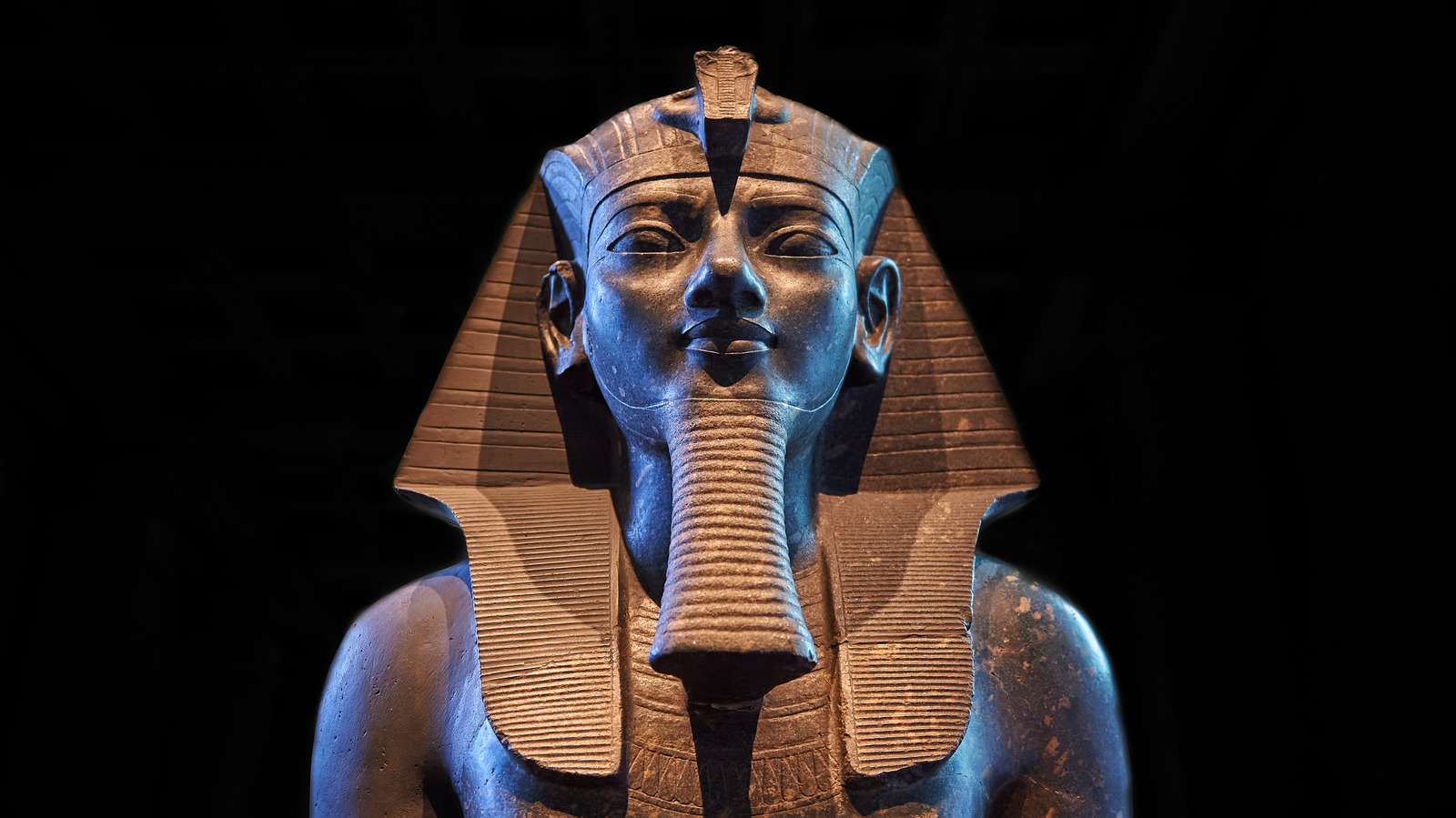
The ancient Egyptian leaders were often noted for their military might and devotion to the Egyptian gods and goddesses. In a sense, they were seen as gods themselves. Such is the reason why it’s rare to find a pharaoh considered down-to-earth, and known more for diplomacy and prosperity than military accomplishments. The grandfather of King Tut and father of Akhenaten, Amenhotep III was famous for being one of the most peaceful rulers of ancient Egypt.
Instead of focusing on military might and ostentatiousness, Amenhotep III instead focused on improving relations, allowing his land to prosper. The architectural legacy of Amenhotep III cannot be understated, and not even Ramses II can match Amenhotep III in terms of what he managed to accomplish for ancient Egypt. He might not have been a noted military figure, but Amenhotep III was a pharaoh through and through.
Thutmose III
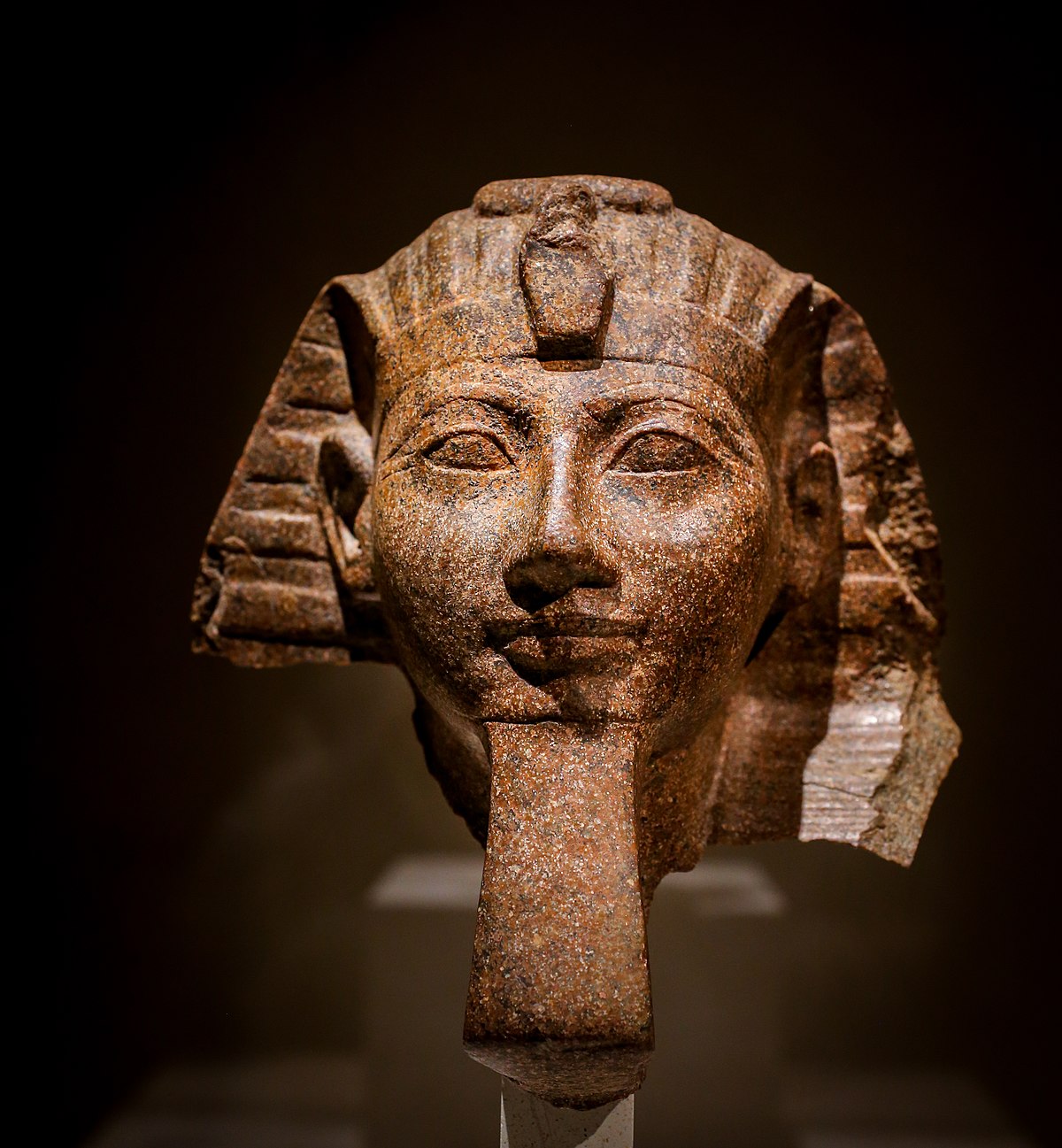
If Amenhotep III was known more for culturally enriching ancient Egypt instead of flaunting military might, Thutmose III was the exact opposite. Even as a young boy he was already training military tactics when his stepmother was pharaoh (we’ll get to her in a bit). Thutmose III ascended to the throne and was known immediately as a military genius. He showed off not only the might of his army, but his ability to read the tide of battle.
In some cases, Thutmose III was known as the greatest pharaoh to ever live due to his military accomplishments, and he never lost a battle. It’s interesting how the notable leaders of Egypt were often opposite ends of the spectrum, when you consider the accomplishments of Amenhotep III.
Hatshepsut
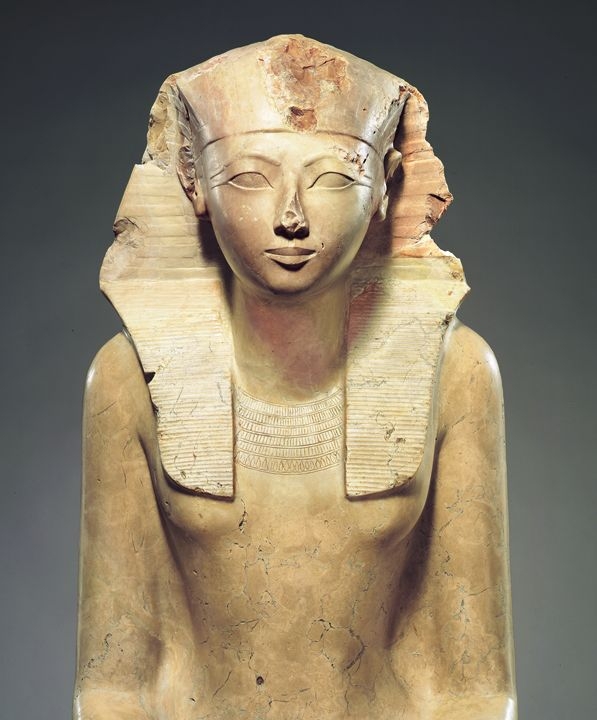
You can likely tell from the image that Hatshepsut was not a man. Instead, she’s the first of two to assume the role Pharaoh (the second one being Cleopatra VII). She was the stepmother of Thutmose III, and the wife of Thutmose II. That said, when Thutmose II died, Hatshepsut took over the role of Pharaoh with her stepson acting as co-regent.
The interesting thing about such a predicament was the pharaohs were viewed as gods. Hatshepsut came up with a story where Amon-Ra visited her mother when she was pregnant with Hatshepsut in an attempt to legitimize her divinity. It worked, and Hatshepsut proved herself a surprisingly capable ruler. She re-established crucial trade routes, and was responsible for the relative peace during her rule.
Khufu
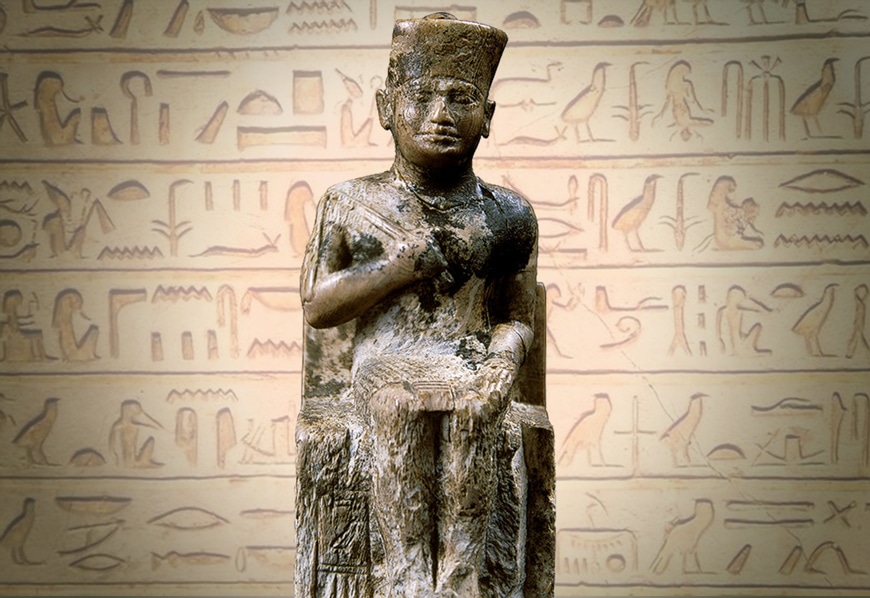
The Great Pyramid of Giza undoubtedly deserves the distinction of being one of the Seven Wonders of the World. Khufu was a pharaoh of the 4th Dynasty, and was responsible for the construction of the Great Pyramid of Giza.
The construction behind the pyramid is wrapped in mystery to this day, with some people arguing that it was only accomplished with the help of ancient aliens. To think that people would consider such a story goes to show the overall sophistication of the Egyptians, even during a period as early as the 4th Dynasty. It’s a monumental achievement that—arguably—remains perhaps the greatest man-made structure when you consider the time period when it was built.
Djoser

We end the list with one of the earliest rulers of ancient Egypt, a pharaoh during the 3rd Dynasty: Djoser. The interesting thing about Djoser is how he’s often considered the most famous pharaoh of the 3rd Dynasty, yet somehow so little is known about him. Despite the lack of knowledge, Djoser was still responsible for some of the most important milestones in Egyptian architecture—namely the step pyramid at Saqqara. It’s famous for its step design, and is the very pyramid where Djoser was buried.
It seems like no matter which dynasty of the ancient Egyptian civilization, there’s always a great leader responsible for all sorts of technical and cultural innovations. Starting from the reign of Cleopatra, the last pharaoh, to the reign of Djoser, one of the first, you get a good look into the lives of some of the most famous leaders of ancient Egypt.